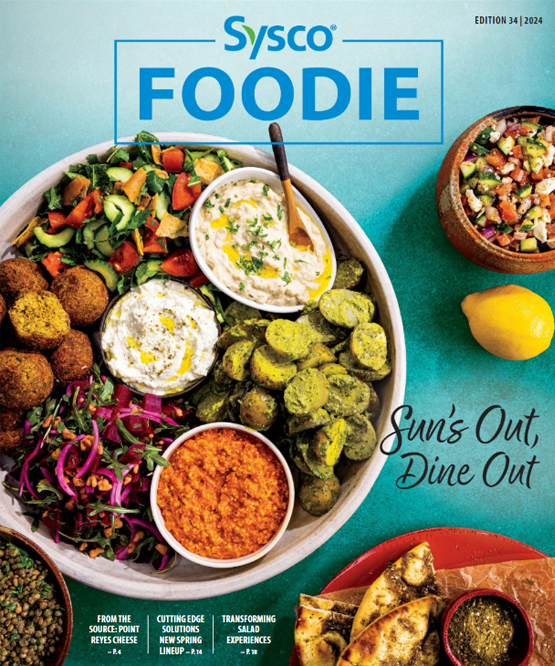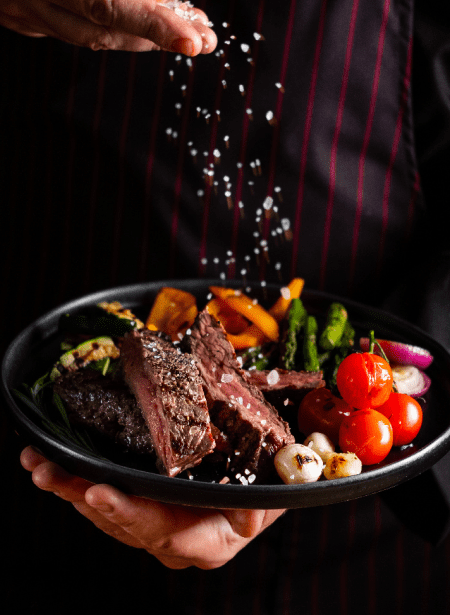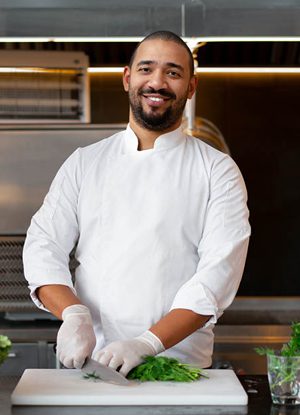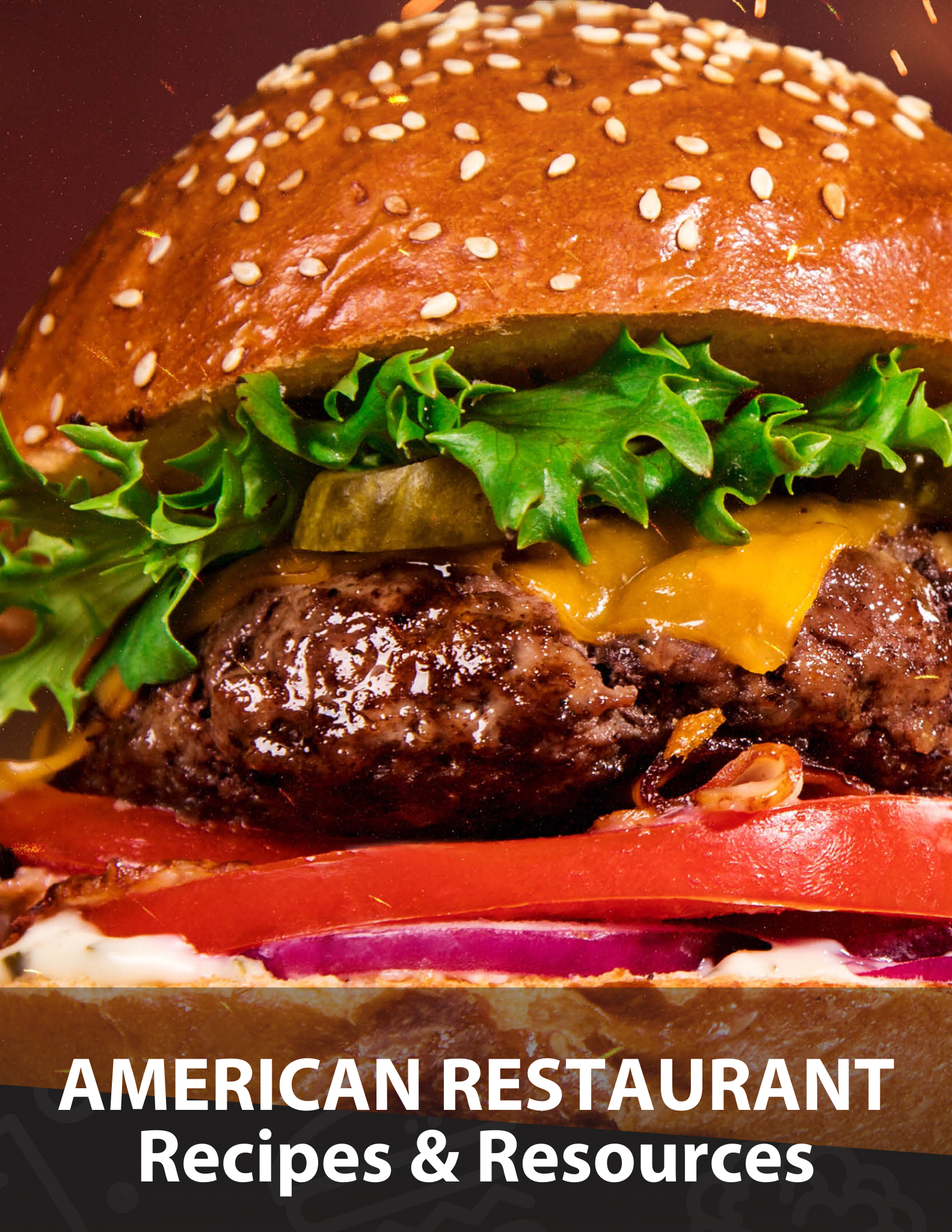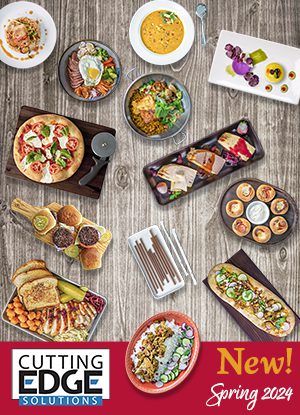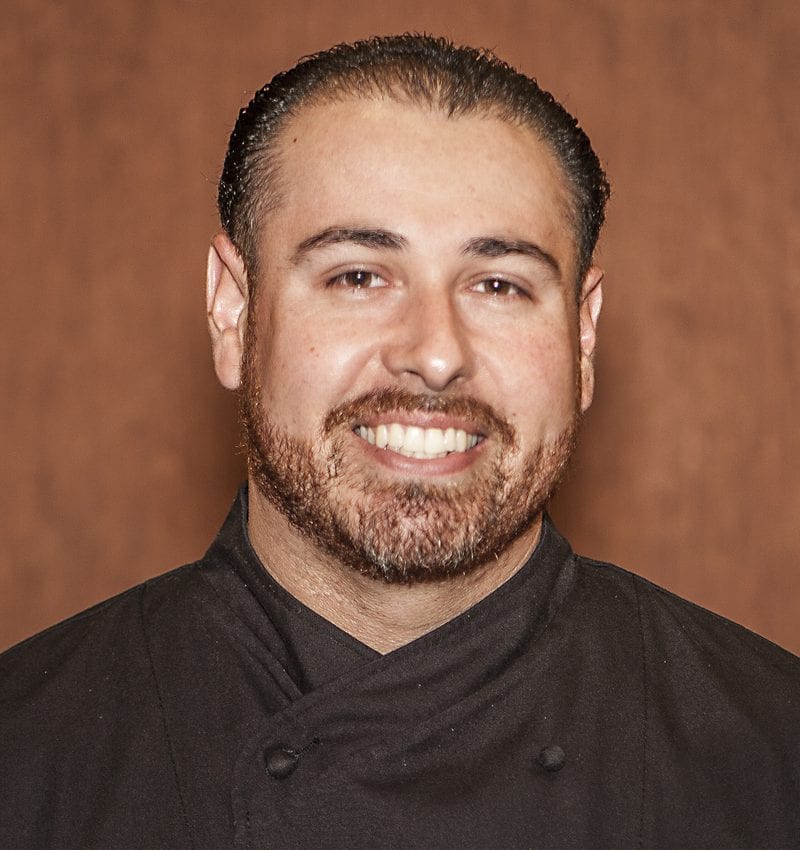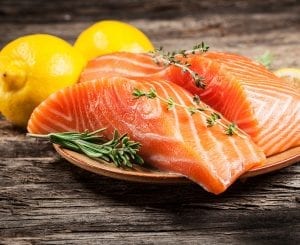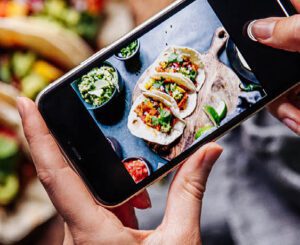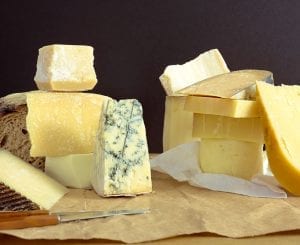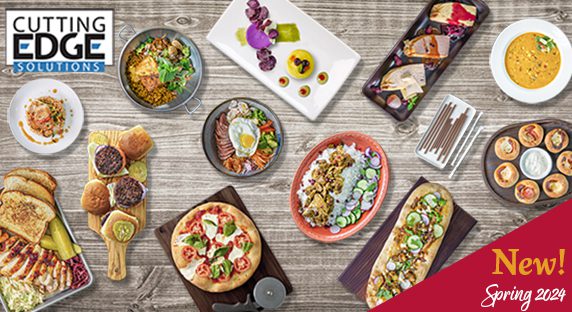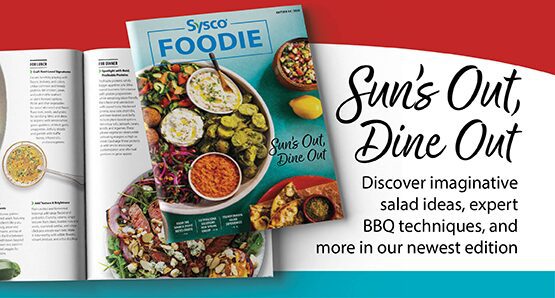On a Wednesday afternoon, the team walks into the Sysco Los Angeles kitchen with an army of equipment shocking the OpCo associates, eventually turning the kitchen into a fish bowl. As the setup continues, Pacific Market Chef Benjamin Udave, walks through the artistry and inspiration of his dish. Once the filming starts, the Sysco Los Angeles team members swing by, capturing pictures of Chef Benjamin doing what he does best: Instagram. After breakdown, the venue shifts to an open-concept office area shared by the Business Resource Team and Marketing. After peppering Chef Benjamin with the “Get to Know Chef” questions, the culinary consultant team breaks into some colorful banter about the day; they pack up and head out and we drill into topics about everything from plant-based cooking to Los Angeles trends.
SyscoFoodie: In today’s recipe, one of the key ingredients was a plant-based protein. What impact do you see plant-based proteins having on the industry?
BU: The industry is shifting. It is very vegan, vegetarian focused. It has been a crazy growing trend over the past few years. Recently, at the NRA Show—that was the hype—everything was vegan or vegetarian; this or that covering replacements for cream, chicken to beef—that is the big craze. Honestly, a majority of people eating this way are meat eaters. But whether it is a trend or a health benefit, I don’t see it stopping. And because the technology is getting so much better, the products taste good. Why would people go back? The norm has changed completely.
SF: Out of the past health foods and trends, which ones are here to stay and which ones are on the way out?
BU: Tofu and soy-based products—I don’t want to say they have faded away but just the basic element of tofu as the only option—that is gone. When we were first learning about how to make a vegetarian dish, it was all about how can I cut tofu into squares, batter and fry them. Right now we are seeing the importance of texture. With the advances in technology, you can get something that has the texture of sausage or shredded chicken. People want that, they want the texture. So soft and bland are out.
SF: What are a few ways for restaurants to take traditional appetizers and add a trend-forward spin to them?
BU: Many restaurants are currently doing just that: looking at how they can reinvent the traditional dishes. And what you will find is many operators playing into nostalgia. If you can reinvent while hitting on nostalgic notes—you will be successful. Take what we did here today, using a trend-relevant item like ancient grains. Now use the key component and create items like ancient grain risotto or fried rice or even the base for a poke bowl. Those dishes will hit the notes operators want but there are so many more health benefits and nutrients behind the ancient grains as opposed to rice. If you are creating a menu around spins on traditional dishes, take your basics and play off them. For example, cauliflower—fry or roast it and toss it in buffalo seasoning/sauce for a play on wings. For nachos, operators are using seaweed and tapioca—cook, dehydrate and then fry them to replace traditional chips. The advances in kitchen equipment also factor into the ways to prepare items. Take the Rational Oven: instead of frying the chips, use the Rational and you will still get the puff and crisp. These dishes are creating the nostalgic experience. It can be done; you just have to work at it!
SF: Staying on the nostalgic note, how do you play into this trend?
BU: That is one of the things I have been big on lately. If I have two styles of cuisine: I like to do modern comfort and modern ethnic. For a lot of Hispanics, they grew up eating sopa de fideo—take that basic comfort food and introduce that audience to pho—giving them that modern comfort in the same form. You can take something that is traditionally family style and do it as a small portion. Food has been around forever; the same dishes are still being served, but how are they being served is the real question.
SF: What concepts have recently hit Los Angeles by storm?
BU: I’ve seen two great examples of this lately. One is how you are seeing a lot of restaurants recently incorporating tons and tons of Cheetos. Roy Choi recently opened up a pop-up and everything has Cheetos in it, and that place is slammed-packed. The second concept would be Saved by the Max. I don’t know if you grew up with Saved by the Bell, but they created a pop-up and the wait list is always full. You have to reserve months in advance. Why are these two pop-ups so popular? Nostalgia.


